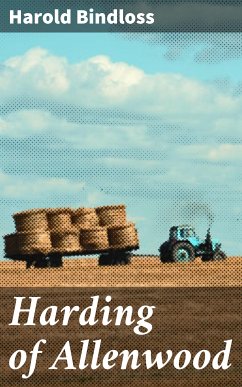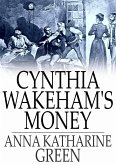In "Harding of Allenwood," Harold Bindloss masterfully navigates the complexities of rural life in Canada during the early 20th century, exploring themes of ambition, community, and environmental challenges. The narrative follows the protagonist, John Harding, a man striving to cultivate a prosperous existence on his western farm amidst both personal and societal obstacles. Bindloss employs a vivid, descriptive prose style that echoes the natural beauty and harsh realities of the Canadian landscape, employing rich characterizations that reveal the moral and ethical dilemmas faced by settlers. Set against the backdrop of emerging industrialization, the novel serves as a social commentary on the tension between tradition and progress, firmly rooting itself in the literary canon of early Canadian fiction. Harold Bindloss, a contemporary of the Canadian literary renaissance, drew from his own experiences growing up in rural Canada to craft narratives that reflect the trials of agrarian life. Having experienced both the struggles and triumphs of farming firsthand, Bindloss infuses his storytelling with authenticity and depth, making Harding not just a character, but a representation of countless individuals striving for success in a challenging environment. This personal connection to the land and its people imbues the novel with a sincerity that resonates throughout the text. Readers seeking an evocative exploration of the human spirit amidst the vastness of the Canadian frontier will find "Harding of Allenwood" to be an enlightening experience. By blending humor, hardship, and pathos, Bindloss invites us to reflect on both the promises and perils of rural life, making this work a compelling read for enthusiasts of historical fiction and those interested in the evolution of Canadian literature.
Dieser Download kann aus rechtlichen Gründen nur mit Rechnungsadresse in A, B, BG, CY, CZ, D, DK, EW, FIN, F, GR, H, IRL, I, LT, L, LR, M, NL, PL, P, R, S, SLO, SK ausgeliefert werden.









